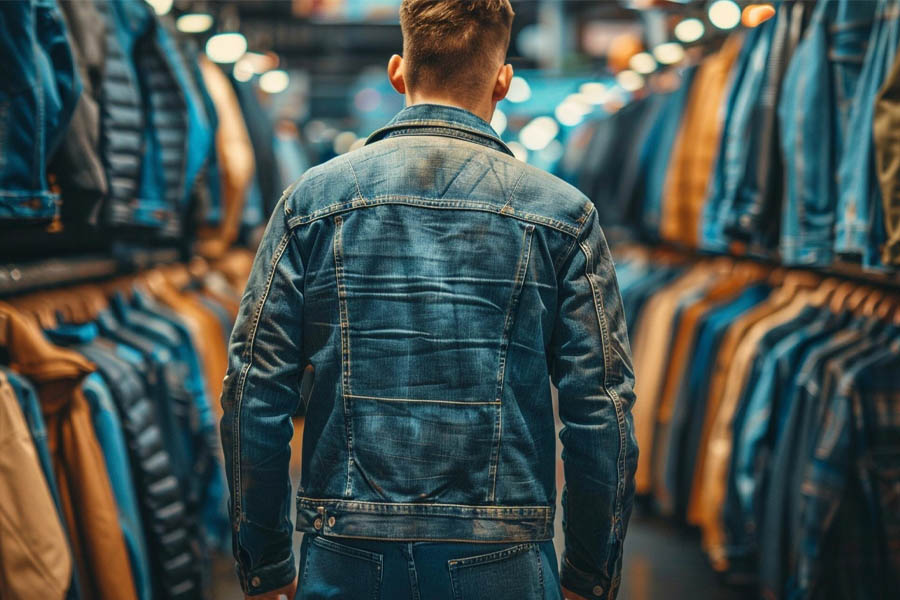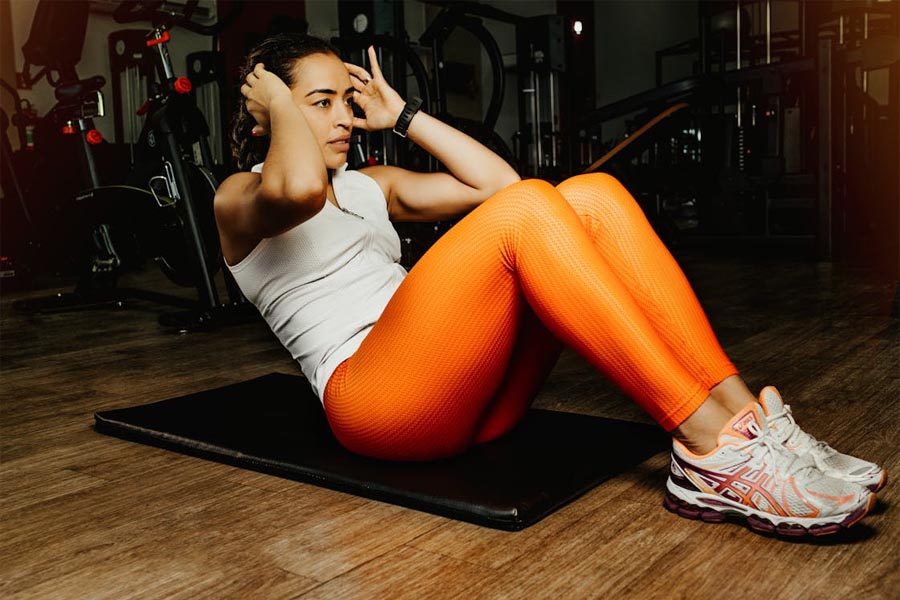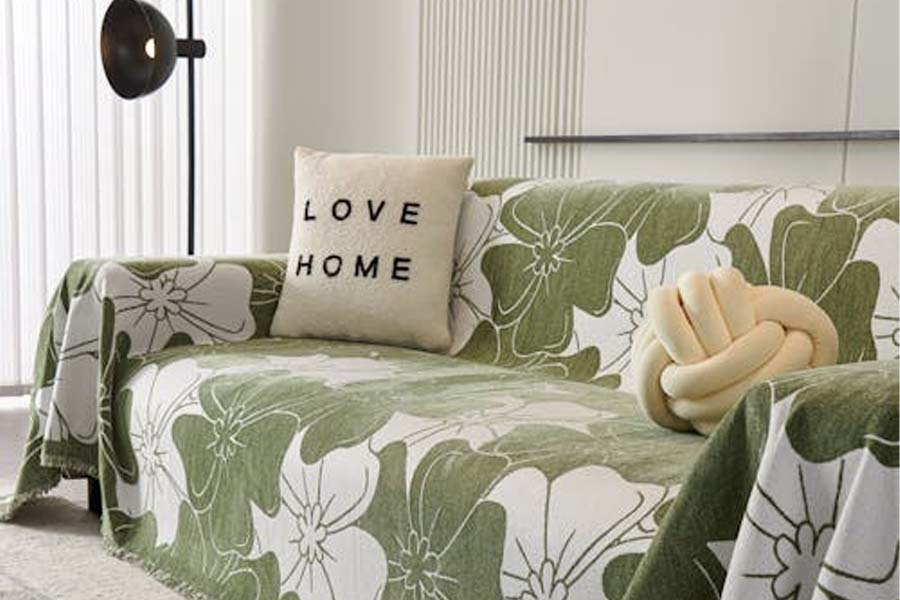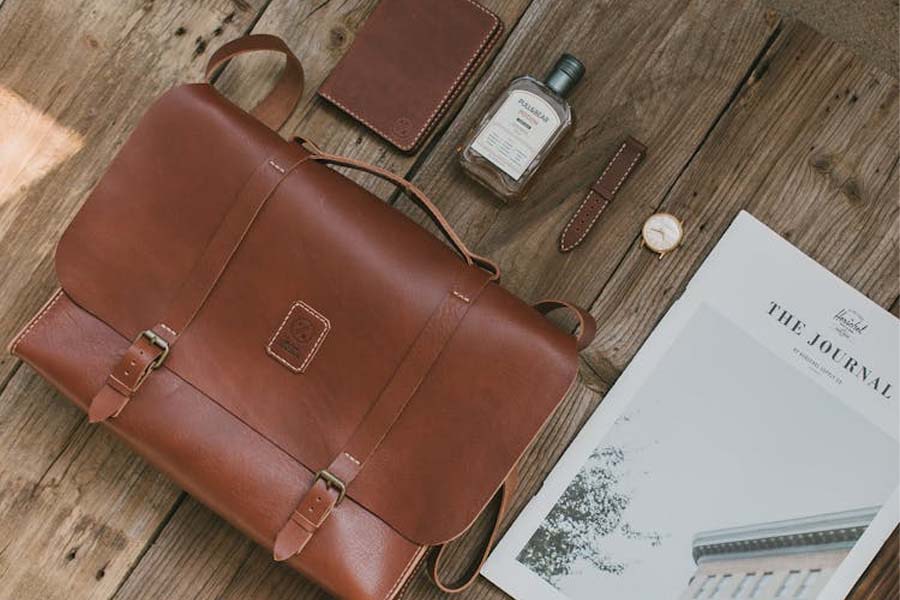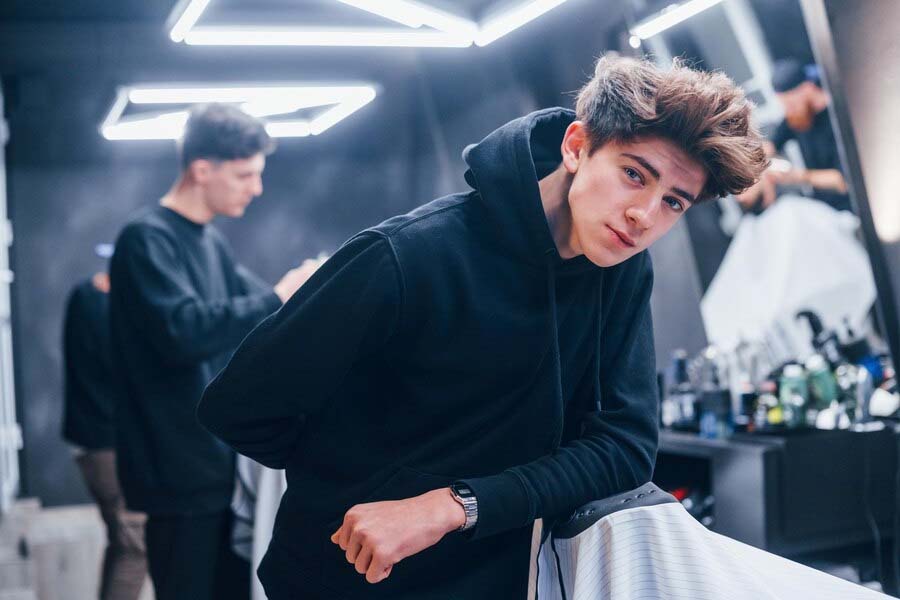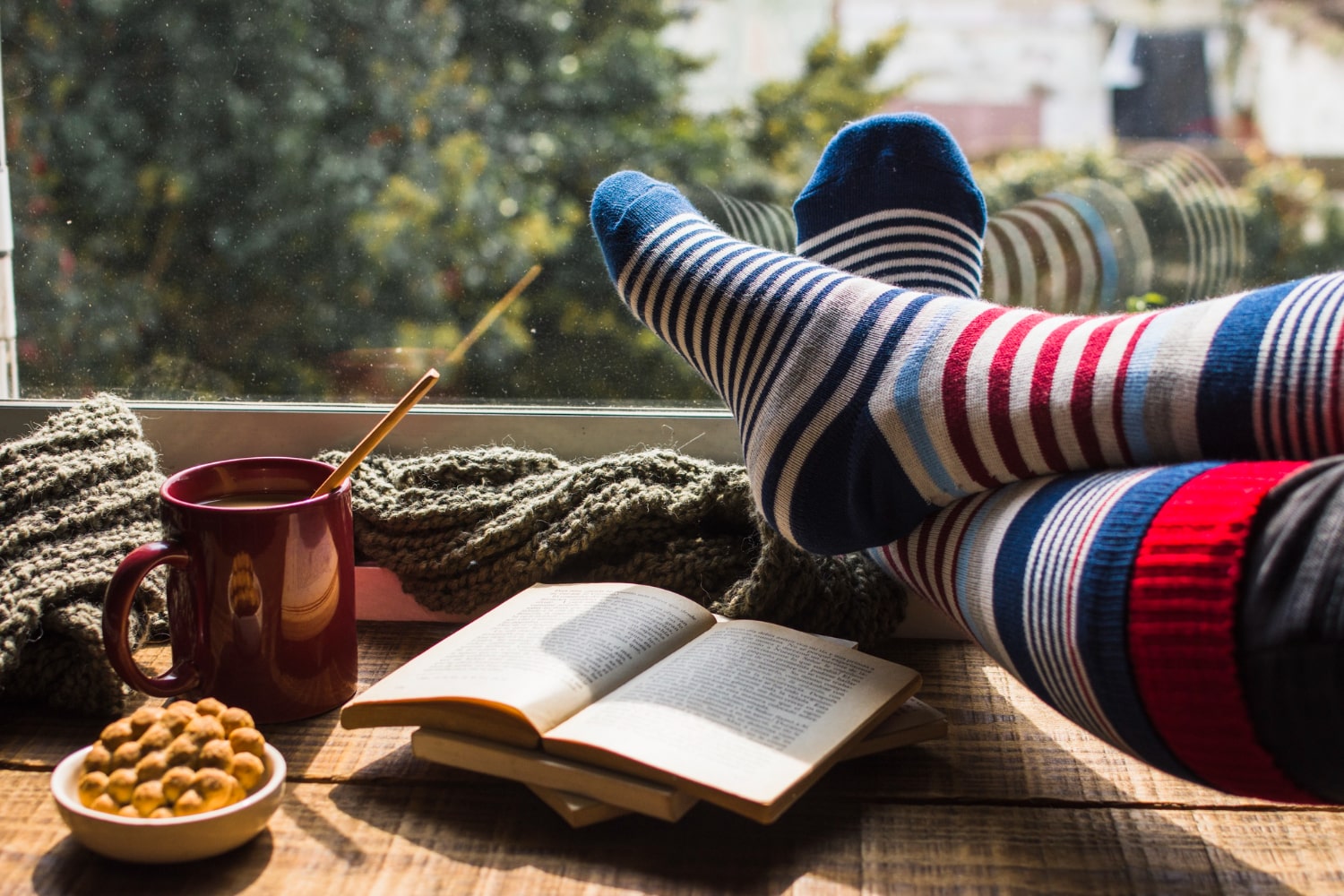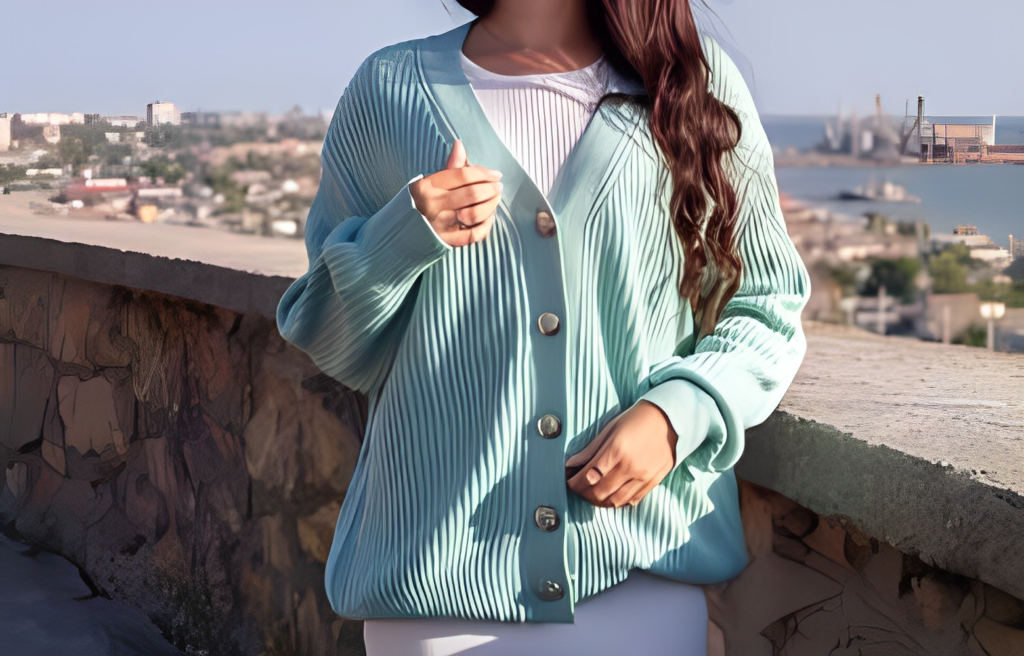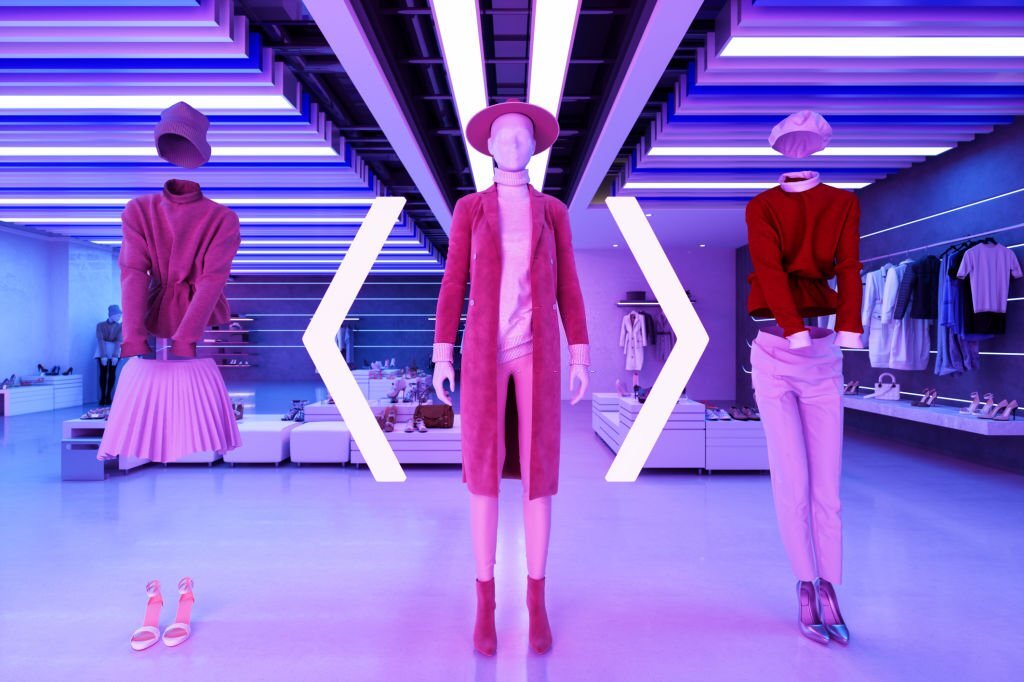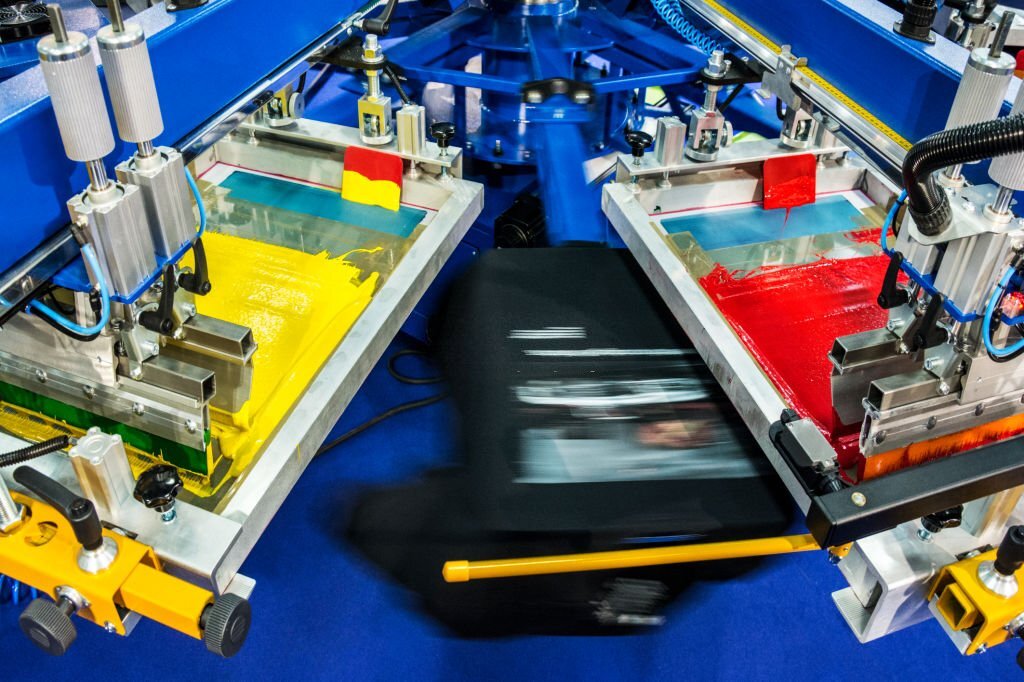Hoodies have evolved from 1970s subculture symbols to global fashion staples. As demand for personalized apparel grows, understanding professional manufacturing processes becomes essential for brands. Ludyway specializes in transforming design concepts into commercial-grade custom hoodies through vertically integrated production.
How Are Hoodies Manufactured?

While artisanal hoodie construction requires exceptional skill, modern apparel production combines precision automation with technical expertise. Ludyway’s manufacturing process integrates:
- Computerized pattern grading for consistent sizing
- Programmable sewing units with tension control
- Specialized attachment systems for zippers and drawstrings
This technological approach enables scalable production of technical features like integrated headphones or solar panels without compromising quality. For brands developing custom hoodies, providing detailed technical specifications ensures accurate execution.
Custom Hoodie Production Methodology
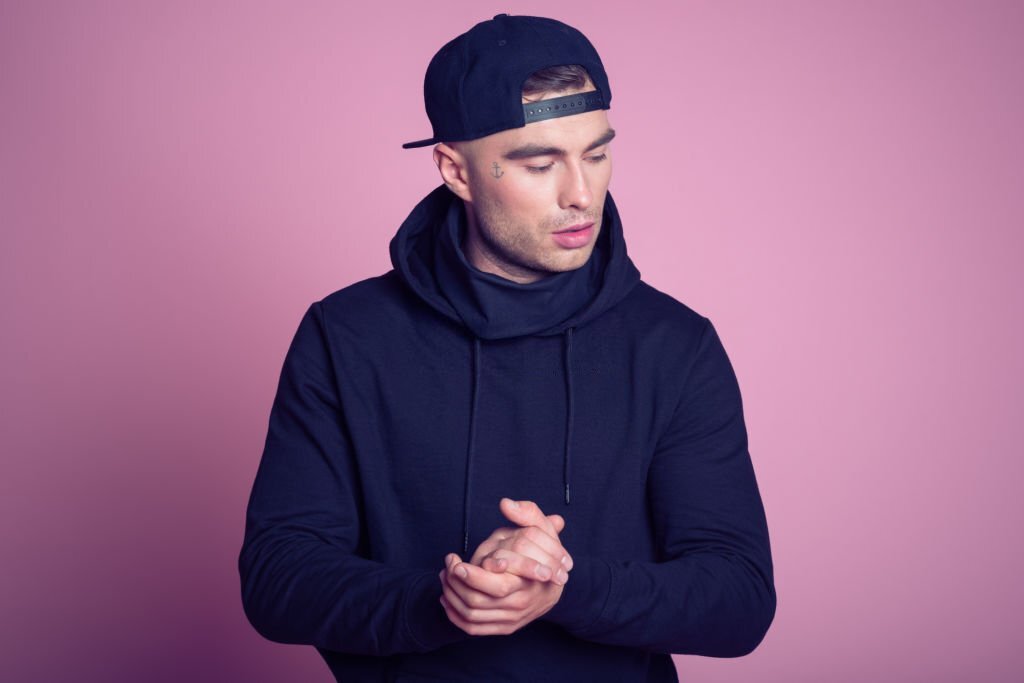
Step 1: Hoodie Typology Selection
Primary Hoodie Classifications
Zip-Front Hoodies: Feature full-length zippers for adjustable ventilation. Ideal for athletic and streetwear applications.
Pullover Hoodies: Classic silhouette favored for casual wear. Ludyway offers unisex versions with customized fits.
Performance Hoodies: Engineered with moisture-wicking fabrics like polyester-spandex blends. Essential for sportswear collections.
Premium Fleece Hoodies: Utilize brushed interior fabrics for thermal retention. Popular in outerwear lines.
Fashion-Forward Variations: Include slim-fit, Baja, and fur-trimmed designs catering to niche markets.
Material Science for Hoodie Construction
Technical Fabric Selection
Optimal material pairing depends on functional requirements:
- French Terry: 100% cotton loops provide breathability (250-350gsm ideal)
- Polyester Fleece: Brushed interior enhances warmth without weight
- Performance Blends: Polyester-spandex combinations offer 4-way stretch
Ludyway’s material library includes sustainable options like organic cotton and recycled polyester for eco-conscious apparel lines.

Polyester vs Cotton Performance
| Attribute | Cotton | Polyester |
|---|---|---|
| Moisture Wicking | Moderate | Excellent |
| Durability | 7,000+ abrasion cycles | 10,000+ abrasion cycles |
| Shrinkage | 3-5% after wash | <1% |
Step 2: Technical Pattern Development
Industrial pattern-making requires:
- Digital grading for size scalability
- Seam allowance optimization (typically 1cm)
- Movement ease calculations
Ludyway’s pattern engineers utilize CAD systems to achieve ±2mm precision across all sizes.
Step 3: Production Assembly
Automated processes include:
- Overlock stitching for seam durability
- Coverstitch hemming for elasticity
- Laser-cut appliqué placement
Custom Hoodie Cost Structure

Pricing Variables
Key cost determinants:
- Material Complexity: Technical fabrics increase costs 15-40%
- Decoration Techniques: Screen printing vs. embroidery vs. dye-sublimation
- Order Volume: MOQ thresholds impact per-unit pricing
Ludyway’s transparent pricing model for cut and sew projects includes fabric sourcing, labor, and decoration in base quotes.
Decoration Cost Ranges
- Screen Printing: $2.50-$5.00/unit
- Embroidery: $3.75-$8.50/unit
- Dye-Sublimation: $6.00-$12.00/unit
Launching a Hoodie Brand

Successful market entry requires:
- Technical prototyping with wear testing
- Strategic MOQ planning (250-500 units recommended)
- Omnichannel distribution strategy
For intimate apparel brands expanding into loungewear, Ludyway provides category-specific production expertise.

